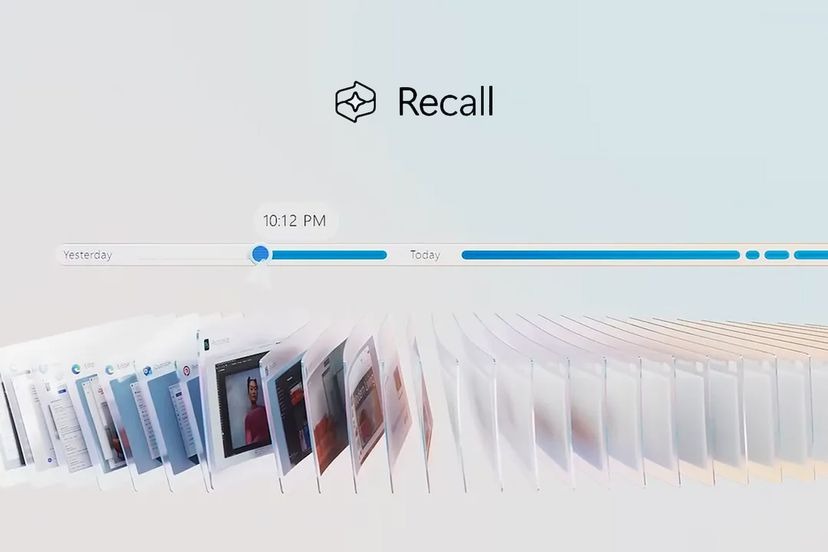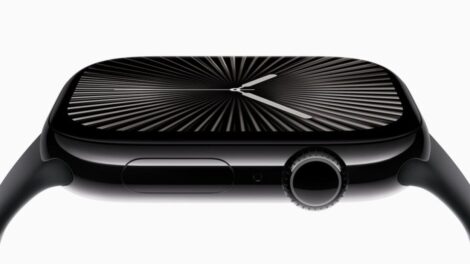In the ever-evolving world of technology, new features often come with a mix of excitement and apprehension. Microsoft’s recently introduced Windows Recall feature, which allows users to search through automatically captured screenshots, has been met with both intrigue and concern. The Verge, a prominent technology news outlet, has shed light on the security implications surrounding this feature and Microsoft’s response to address these concerns.

Understanding Windows Recall
Before diving into the security aspects, let’s take a moment to understand what Windows Recall is all about. By enabling users to search through screenshots that their computer has automatically taken, Microsoft introduced this feature in an effort to increase user productivity. The idea is to provide a convenient way to find and retrieve information that may have been seen on the screen at some point.
While the concept of Windows Recall sounds promising, it quickly raised eyebrows among privacy and security experts. The initial implementation of the feature sparked concerns about the potential risks it could pose to users’ sensitive information.
Initial Security Concerns
The Verge article highlights several red flags that were raised regarding the security and privacy aspects of Windows Recall in its early stages. One of the primary concerns was the lack of user control over the feature. Reports suggested that Windows Recall was enabled by default, meaning that screenshots were being captured automatically without users’ explicit consent. This raised questions about the potential for inadvertent capture of sensitive information, such as personal data or confidential work-related content.
Another issue that came to light was the perceived weakness of the security measures surrounding Windows Recall. The initial design of the feature appeared to lack sufficient protections against unauthorized access to the captured screenshots. This raised concerns about the possibility of malicious actors gaining access to users’ private information through the Recall feature.
Microsoft’s Response and Enhancements
In light of the backlash and security concerns, Microsoft has taken swift action to address the issues surrounding Windows Recall. The Verge reports that the company has made significant changes to the feature to enhance its security and give users more control over their data.
One of the key changes is the shift to an opt-in model. Instead of being enabled by default, Windows Recall now requires users to explicitly choose to enable the feature during the setup process or manually turn it on later. This ensures that users are aware of the feature and have the choice to use it or not, based on their privacy preferences.
Microsoft has also bolstered the security measures surrounding Windows Recall. The company has implemented a requirement for Windows Hello authentication, which includes facial recognition or fingerprint verification, to access the Recall timeline and search functions. This added layer of security ensures that only authorized users can view the captured screenshots, mitigating the risk of unauthorized access.
Furthermore, The Verge mentions that Microsoft is employing “just-in-time” decryption for the captured screenshots, protected by Windows Hello. This means that the screenshots are stored in an encrypted format and are only decrypted when the user authenticates themselves. This additional security measure adds an extra barrier against potential data breaches or unauthorized access.
The Ongoing Debate
Despite Microsoft’s efforts to address security concerns, the debate around the necessity and potential risks of Windows Recall continues. Some users argue that even with an opt-in approach, the feature could still be intrusive and pose privacy risks if not implemented with the utmost care and transparency.
The Verge article probably discusses the difficulty of balancing the convenience that a search function like Windows Recall offers with the requirement for strong security measures. It raises questions about whether the benefits of such a feature outweigh the potential risks, especially in an era where data privacy is of paramount importance.
The article may also discuss alternative methods for searching for and retrieving information on a computer without relying on automatically captured screenshots. This could include using built-in search functions, organizing files and folders effectively, or employing third-party tools that prioritize user privacy.
Conclusion
The introduction of Windows Recall has sparked an important conversation about the delicate balance between convenience and security in the realm of technology. The Verge reported that Microsoft’s response to the initial security concerns demonstrates the company’s dedication to addressing user privacy and putting in place improved security measures.
However, the debate surrounding Windows Recall is far from settled. As technology continues to advance, it is crucial for companies like Microsoft to engage in open dialogue with users, privacy advocates, and security experts to ensure that new features are developed with the highest standards of privacy and security in mind.
Ultimately, the responsibility lies with both the technology providers and the users themselves. While companies must prioritize the protection of user data, individuals should also remain vigilant, educate themselves about the features they use, and make informed decisions about their privacy settings.
As the conversation around Windows Recall continues to unfold, it serves as a reminder of the ever-evolving landscape of technology and the importance of striking a balance between innovation and security. Only through ongoing collaboration, transparency, and a commitment to user privacy can we build a digital future that benefits everyone.










Add Comment